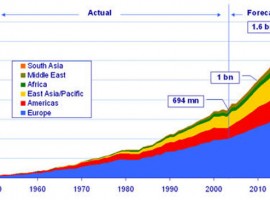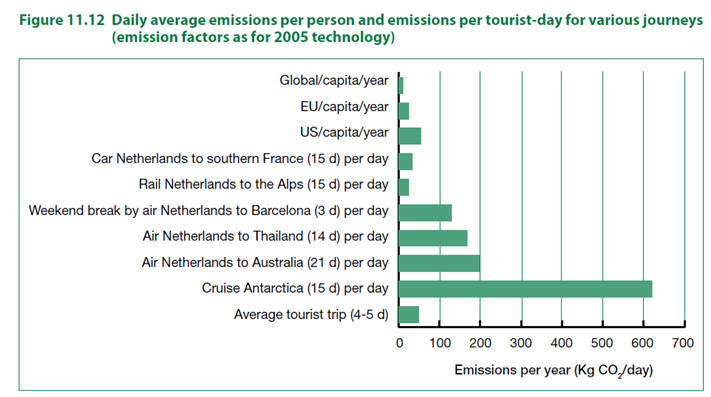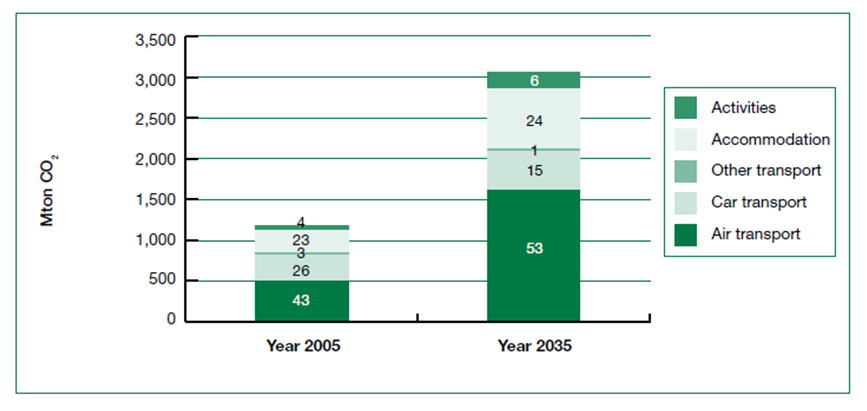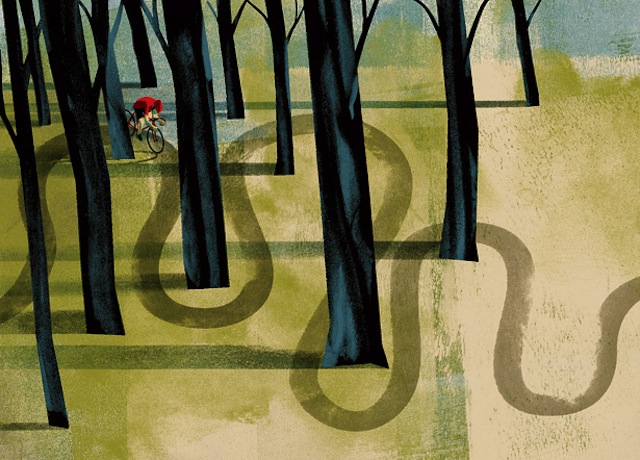Our blog is all about sustainable tourism. We share new ways of travelling and green travel experiences. We give tips on how to look after our environment and our nature. And we often (well, almost every day) talk about sustainable tourism through direct experiences and interviews. But what does sustainable tourism really mean? How is it possible to travel respecting the environment, the places we visit and their local communities? Let’s find it out together.
What does Sustainable Tourism mean?
To fully understand the meaning of sustainable tourism it’s useful for us to begin with the general concept of “sustainable development”, which was reported in the renowned 1987 Bruntland Report: “Sustainable development is development that meets the needs of the present without compromising the ability of future generations to meet their own needs”.
The first definition of sustainable tourism was offered in 1988 by the World Tourism Organization (UNWTO): “Tourism that takes full account of its current and future economic, social and environmental impacts, addressing the needs of visitors, the industry, the environment and host communities”.
Sustainable tourism has then to do with our own well-being, along with the Earth’s and the future generations’ ones.
Further definitions of Sustainable Tourism
Sustainable tourism is “able to last over time while maintaining its qualitative and quantitative values. It is able to meet locals’ and tourists’ expectations both in the long term and in the short term, without lowering the quality of the travelling experience and without damaging the environmental values of the environment” (WWF)
Ecotourism is the “Responsible travel to natural areas that conserves the environment and improves the well-being of local people” (The international Ecotourism Society, TIES, 1990).
According to the World Tourism Organization (WTO), “sustainable tourism’s development satisfies the actual demands of both tourists and hosting regions, while preserving and improving the prospects for the future. It needs to manage all the resources in a way that fits the economic, social and aesthetic needs, and maintaining at ht same time cultural integrity, fundamental ecological processes, biological diversity and living systems. Touristic products should be in line with the environment, the local community and cultures“.
Tourism’s development “shall be based on criteria of sustainability, which means that it must be ecologically bearable in the long term, economically viable, as well as ethically and socially equitable for the local communities” (1st principle, World Conference on Sustainable Tourism Development, Lanzarote 1995)
Tourism’s ecological footprint
Modern society has reduced tourism to a mere act of consuming, to “the chance to go and see what has been made trite” as Guy Debord defined it in 1969 (‘’The Society of the Spectacle”). Most of the times such a perspective has a negative impact on the environment, places and local economies, and forecasts only predict that the number of tourists all over the world will constantly grow.

Cruises are a typically depicted as an example of mass tourism, damaging both environments and locations. This touristic branch has undergone the greatest growth in the past 20 years. But cruise holidays do not just pollute 1000 times more than bike holidays in terms of CO2 emissions. In fact, they are also responsible for sea pollution, barrier reef destruction and dumping of waste at sea.
And what’s more to that, is the kind of mass tourism offered: uninterested hordes of group visits usually spend only a few hours in the different locations. This leads to negative consequences for local villages, their economies and people, which are overwhelmed by thousands of tourists in a very short time without gaining any advantage from this.

According to the EU document “Consumption and Environment 2012”, which checks on consumes in Europe and on their consequences for the environment, the fourth cause of environmental pollution and CO2 production is in fact tourism, following just after transport, household equipment, food and beverage.
The main responsible for tourism impact on the environment is transport. Planes and cars alone are cause 75% of CO2 emissions. The second main responsible are hosting facilities, to which around 21% of CO2 emissions of the whole touristic system can be traced back (Source: UNWTO-UNEP report 2008, Climate Change and Tourism).
These data shouldn’t be surprising: on average, hotels consume 21kW of energy and 645 litres of water for every guest per day. At this rate, the consequences for future generations and for the environment would be tragic.

But the ecological footprint of accommodation facilities can be reduced of 90% thanks to simple ecological measures. For example, hotel managers could choose environmental-friendly buildings and interiors and use energy from 100% renewable resources. They might decide to install solar panels for hot water and low energy light bulbs, or to prefer eco-friendly cleaning products to others. Local grown and 0 km biological food, waste sorting, linen change upon request only, can help the environment and be the key-factor attracting visitors.
Encouraging hosting facilities to satisfy these requirements of sustainability and inviting travellers to make use of green accommodation when planning their journeys, we will all help reducing CO2 emissions and water consumption to the 90%, while promoting local economies.

Sustainable Tourism and its Potentials
The touristic system has the makings for growing, especially in the ecotourism branch and in Italy. In fact, tourism can actually bring wealth and prosperity only if sustainable.
For this reason, the “Promoting Tourism for Sustainable Development and Poverty Reduction” UN measure adopted on February 21st, 2012, underlined how green tourism can contribute to solve some of the major problems affecting our world. From poverty to climate change, from income growth to job creation and education, sustainability has a major potential.
Sustainable tourism is a real opportunity for local economies – from agriculture to handicraft – to grow, for territories and landscapes to be , for old villages and mountain hamlets, threatened by abandon, to be restored, and also for precious traditions with thousands of years of history and culture to be valued.

Sustainable travel: what does it mean?
To travel sustainable means to reduce our impact on the environment as much as possible, to make our journey positive and beneficial, to help the local culture and economies.
But it also means to rediscover the authentic way of travelling, deep bounded with the places we visit and the people we meet along our way.
Sustainability is the future of tourism. It’s the chance to meet new people, to share experiences and ideas, to support projects and economies, to feel citizens of the same Earth, to share the same path.

Cover image: Etna mountain, Sicily, Italy, ph. by Giuseppe Graziano Barone via Flickr
You might also like:
A zero-emission travel by train: you can now do it in Australia
Tourists: what is their ecological footprint?
Eco-friendly travelling: 3 tips not to miss!

